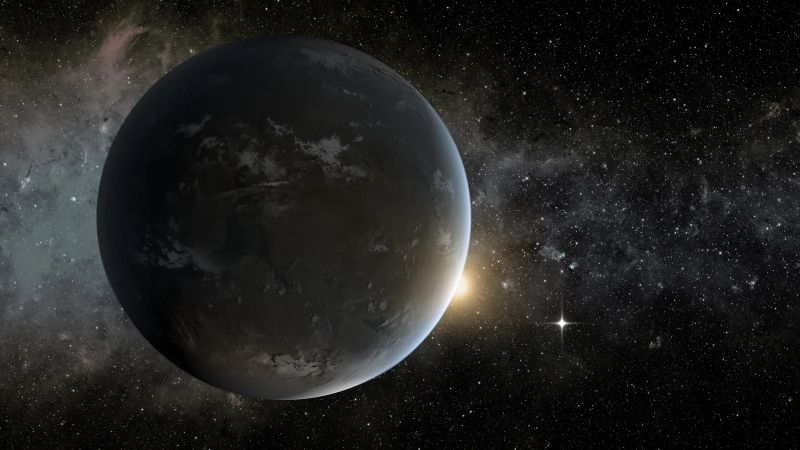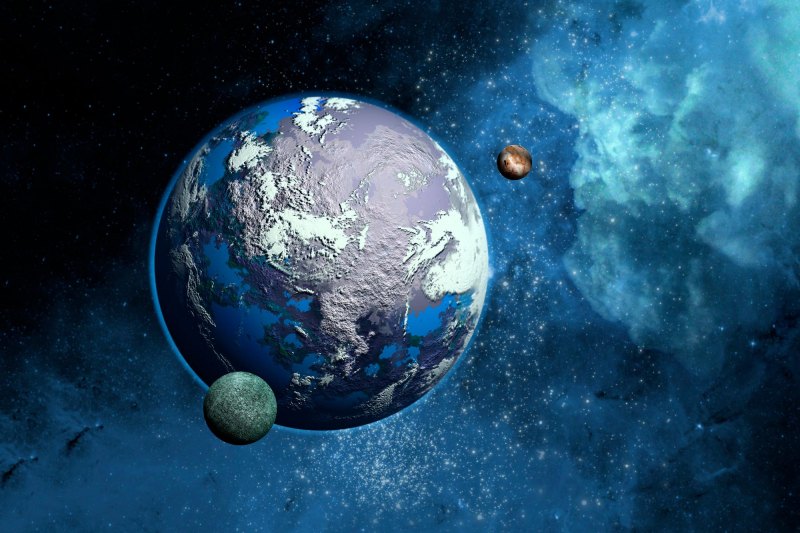Super-Earths

Top 3 in Top 7 Ghostly Planets
The term "super-Earths" refers to the huge, rocky planets that orbit nearby stars with periods of at least 100 days and that are larger than our planet. There is just one little planet in our solar system, Mercury, which orbits the Sun very closely and has a period of 88 days.
Why then do we not have any super-Earths in our solar system? Because of Jupiter, perhaps, is the answer. Computer simulations indicate that Jupiter moved inward from its present location early in the history of our solar system, changing the orbits of the objects in the super-Earth zone to be more elliptical as it got nearer to the Sun. If there had been any super-Earths, they would have impacted considerably more often with the material that Jupiter had disturbed and would have plunged into the Sun in a matter of tens of thousands of years.








